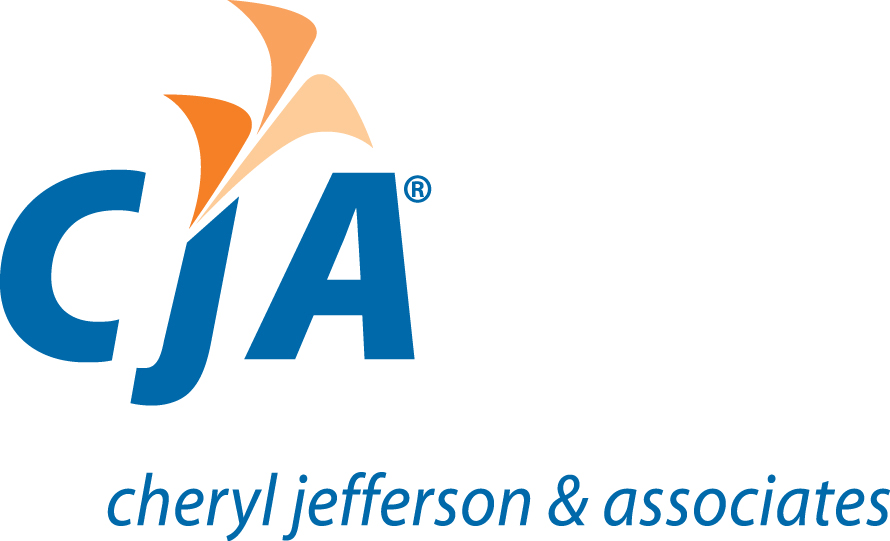Working capital is the difference between a company’s current assets and its current liabilities. Current assets include cash, inventory, receivables, and other assets which are expected to be turned into cash within one (1) year. Current liabilities include accounts payable, loans…
Read MoreAccounting Reports You Should Review
Your small business is chugging along. You’re making sales, securing contracts, and keeping up with your day-to-day management. What you probably make less time for is reviewing your accounting reports. Of course, most business owners prefer to spend their time…
Read MoreLiquidity Ratios: Current vs. Quick Ratios
Current Ratio vs. Quick Ratio Liquidity ratios are an important tool used to measure how efficiently a company can pay off its debt. The most common liquidity ratios used are the current and the quick ratio. These ratios help investors…
Read MoreThe Balance Sheet
The Balance Sheet The balance sheet is important because it’s essentially a company’s statement of financial position at a specific date. Investors, creditors, and other businesses use it to: calculate financial ratios, determine how much money the company has and…
Read MoreEnd of the Year Accounting Checklist
One of the things that you will need to do for your business at the end of the year is to close the books. If they have been kept up with the accounting practices throughout the preceding months, this shouldn’t be too…
Read MoreEfficiency Ratios #2
In this blog, I will be discussing efficiency ratios. Efficiency ratios are used internally to check if the company is utilizing their assets and liabilities efficiently in earning revenues. Efficiency ratios are mainly used to assess how well assets and…
Read MoreFinancial Ratios #1 (3-part series)
Financial data by itself may not give the complete picture about a company’s performance and financial wellbeing. It is difficult to evaluate standalone numbers without comparing them to certain norms and standards. Ratios provide a set of standardized parameters which…
Read More
